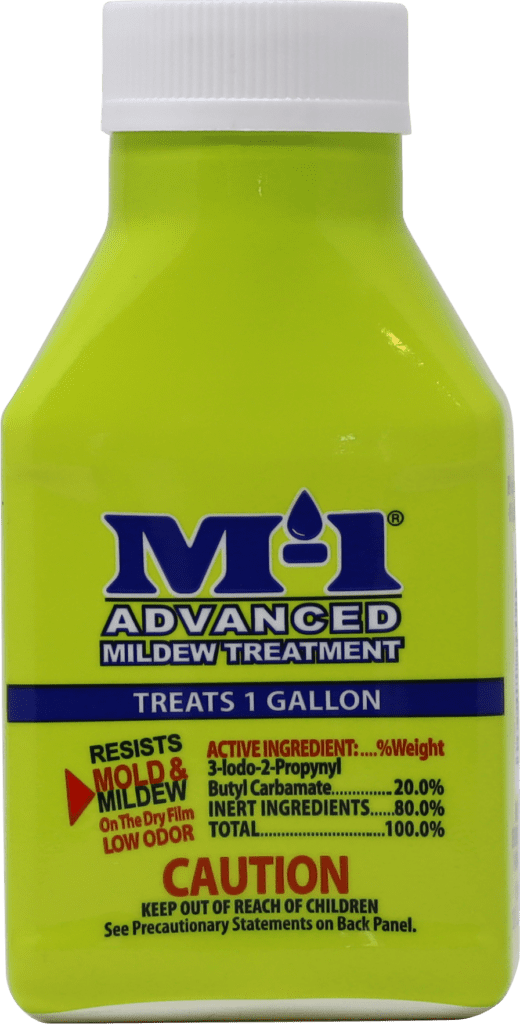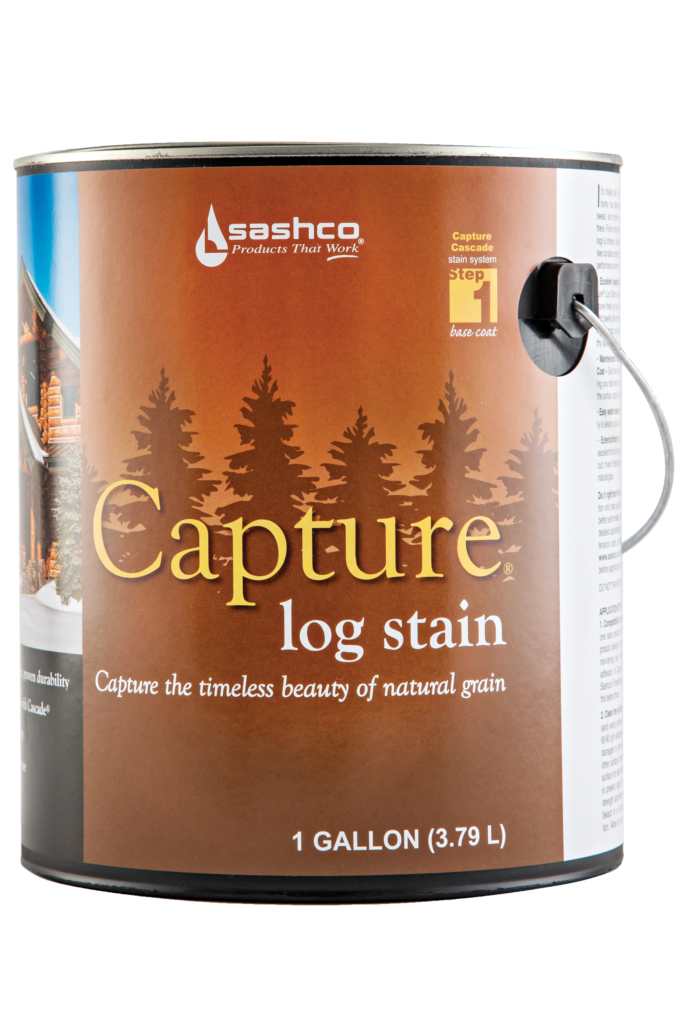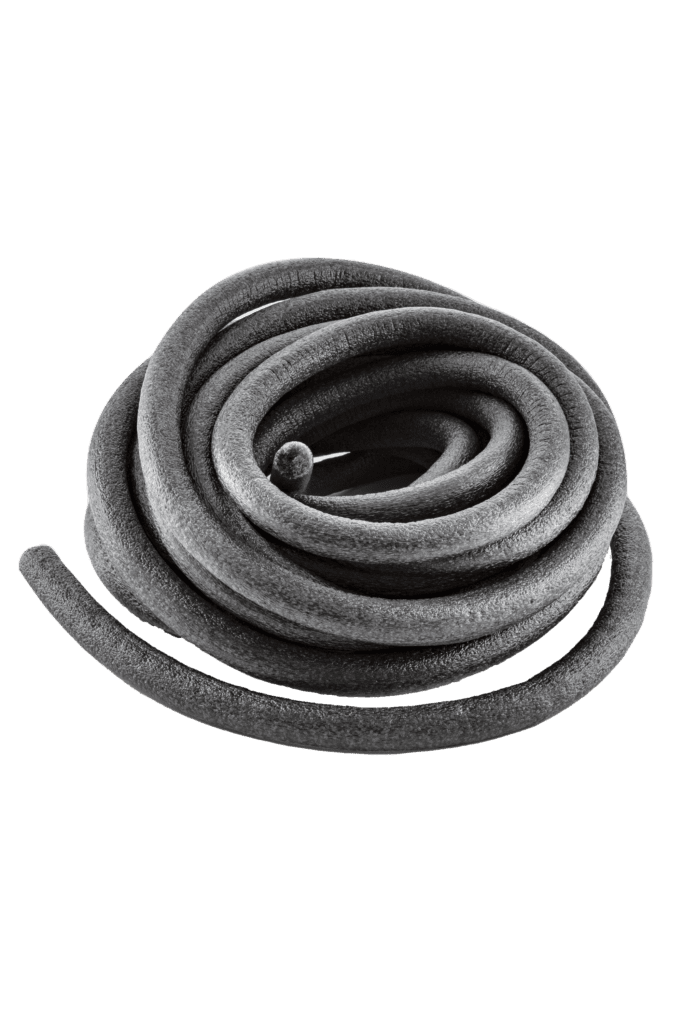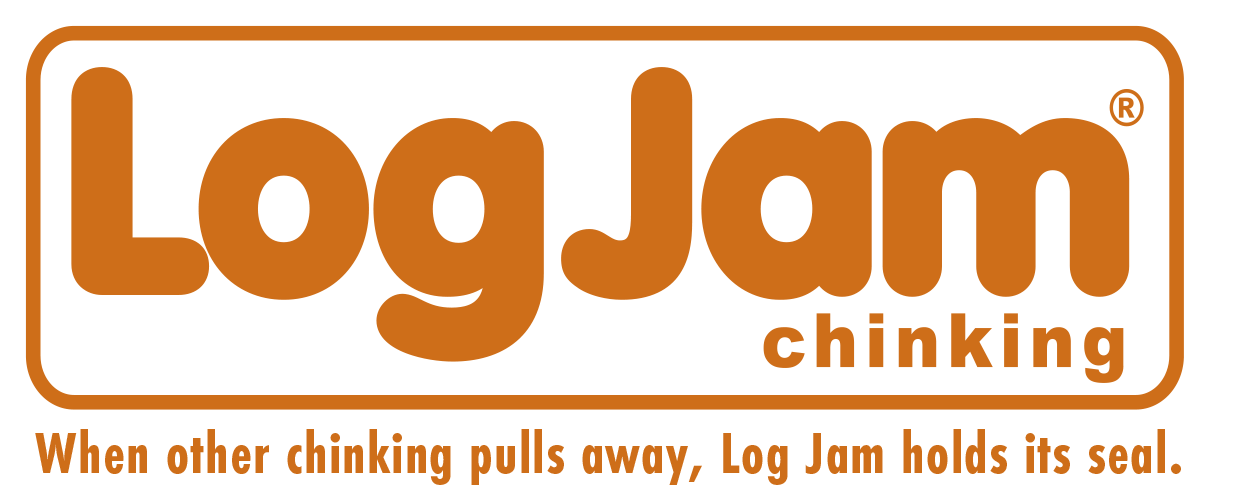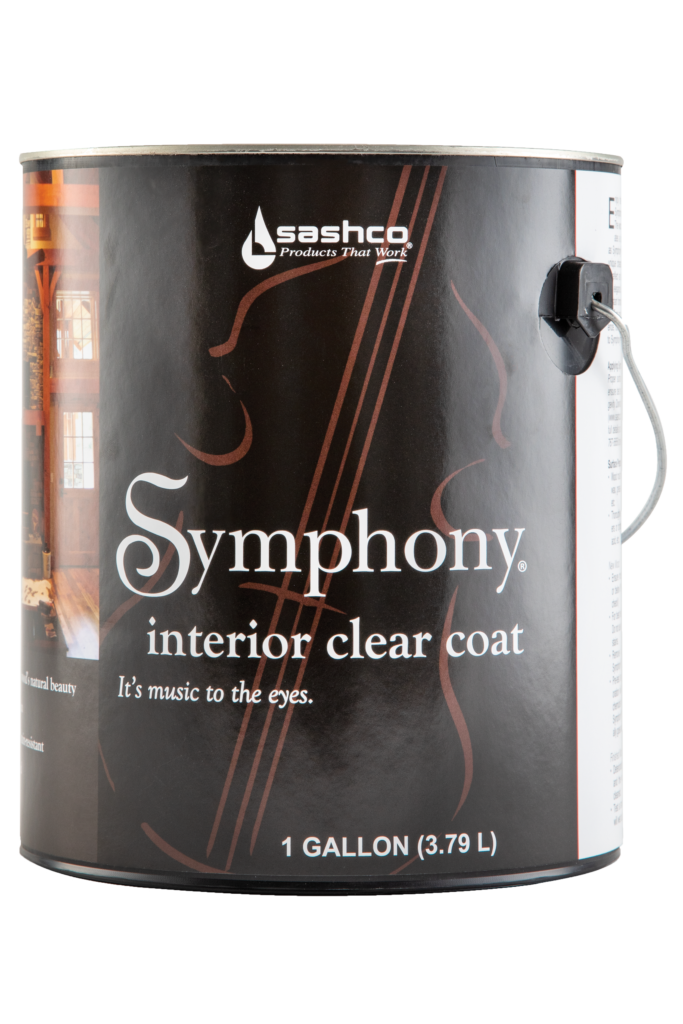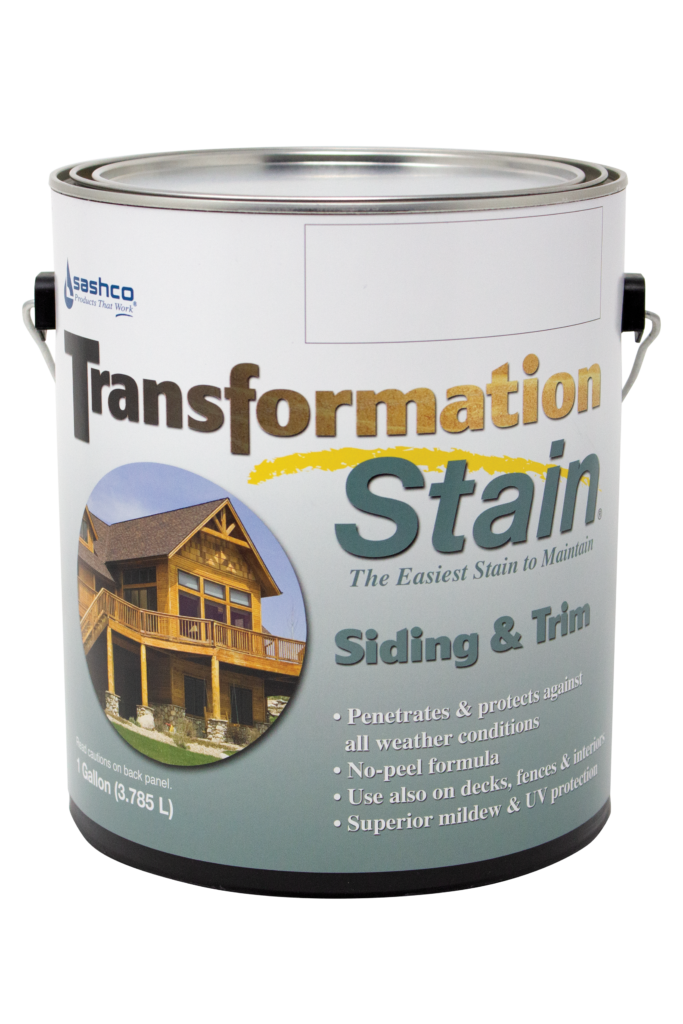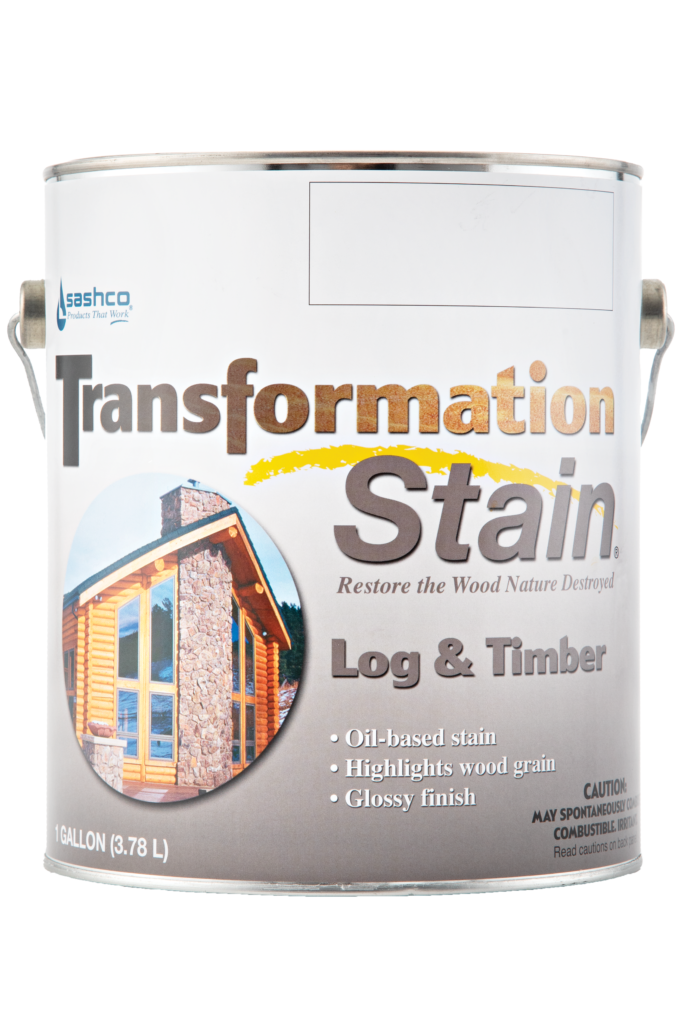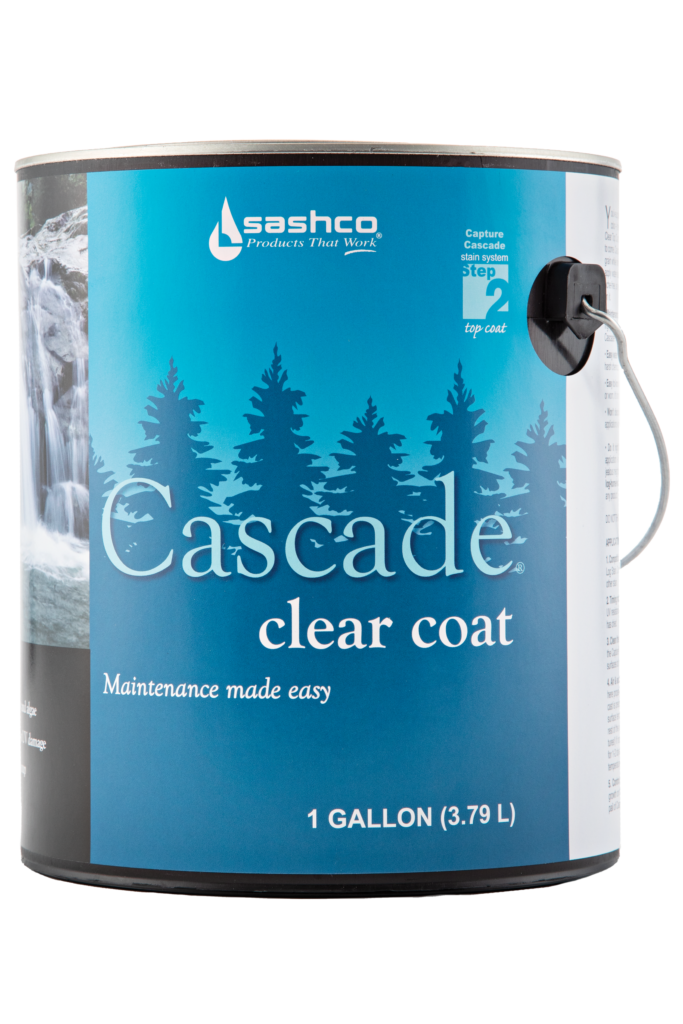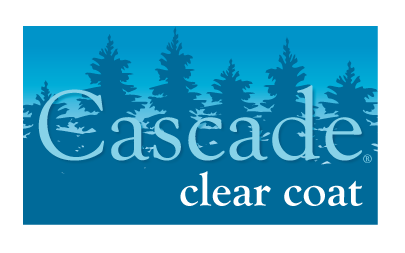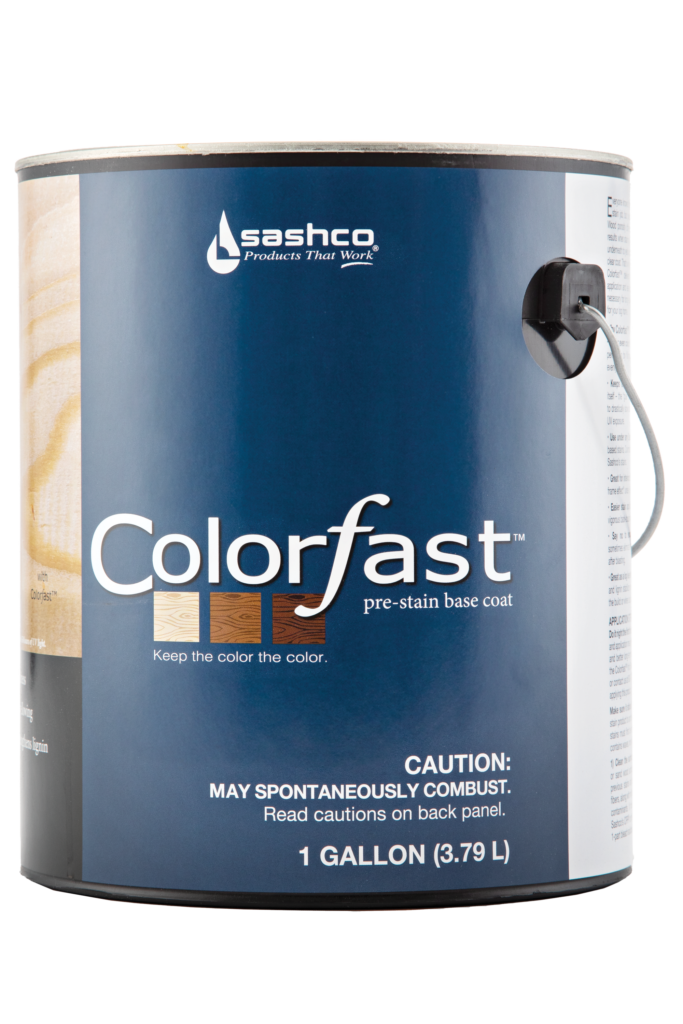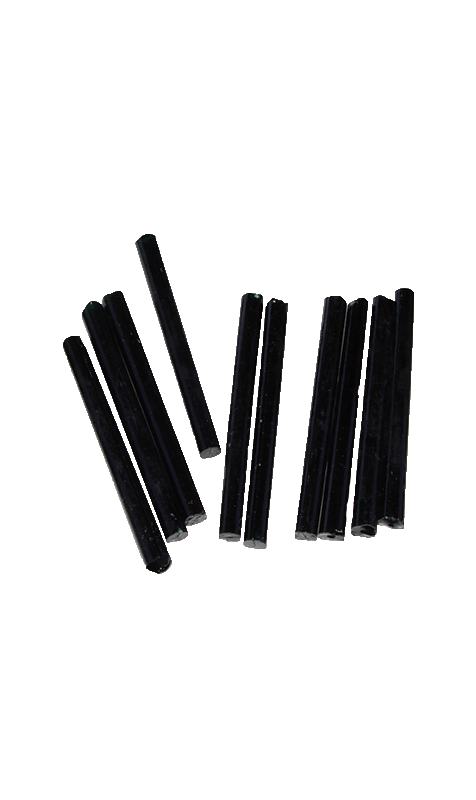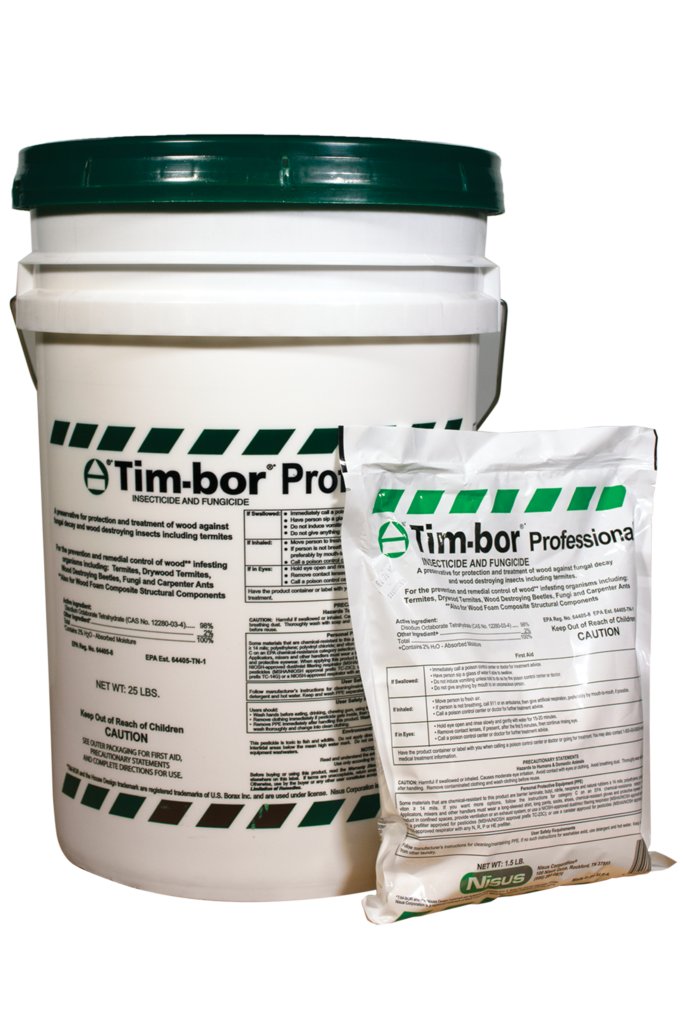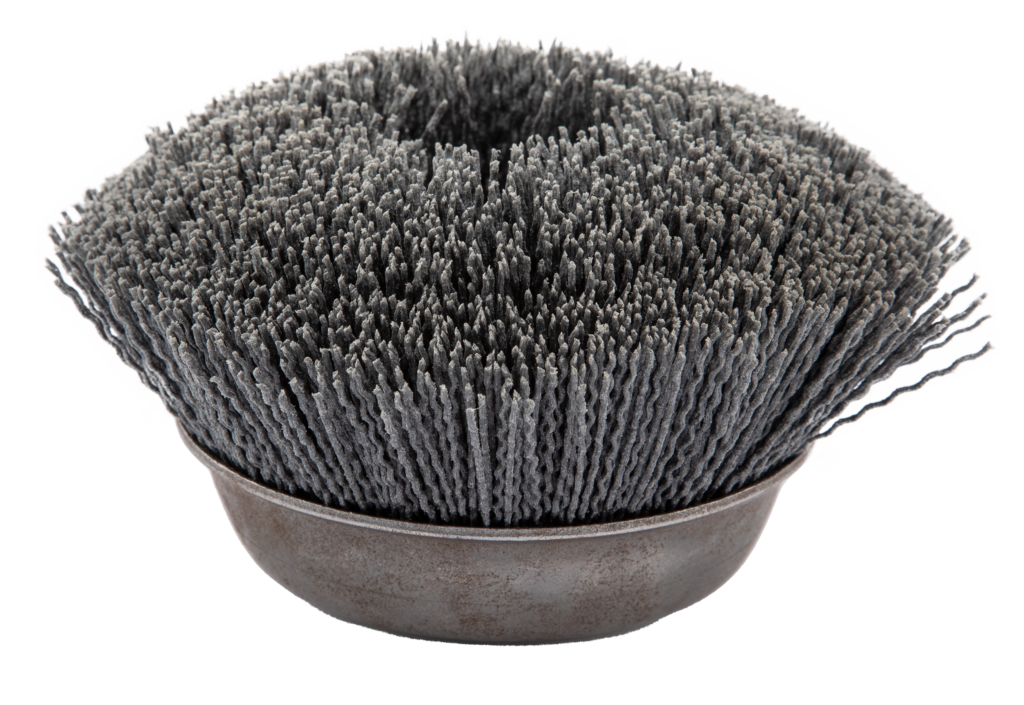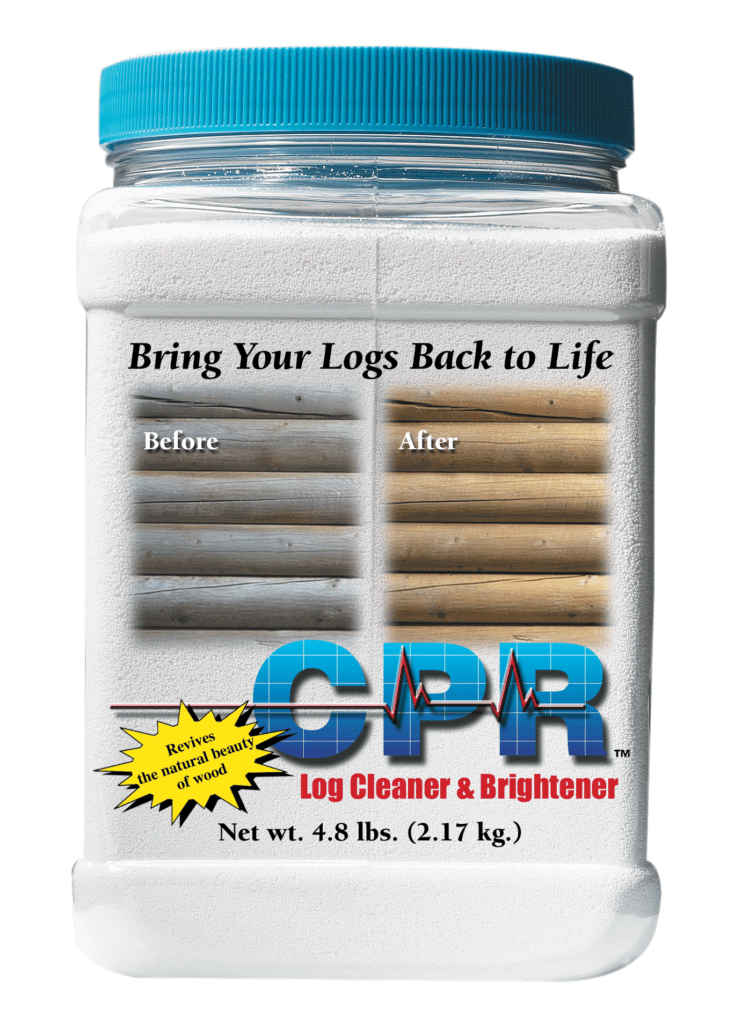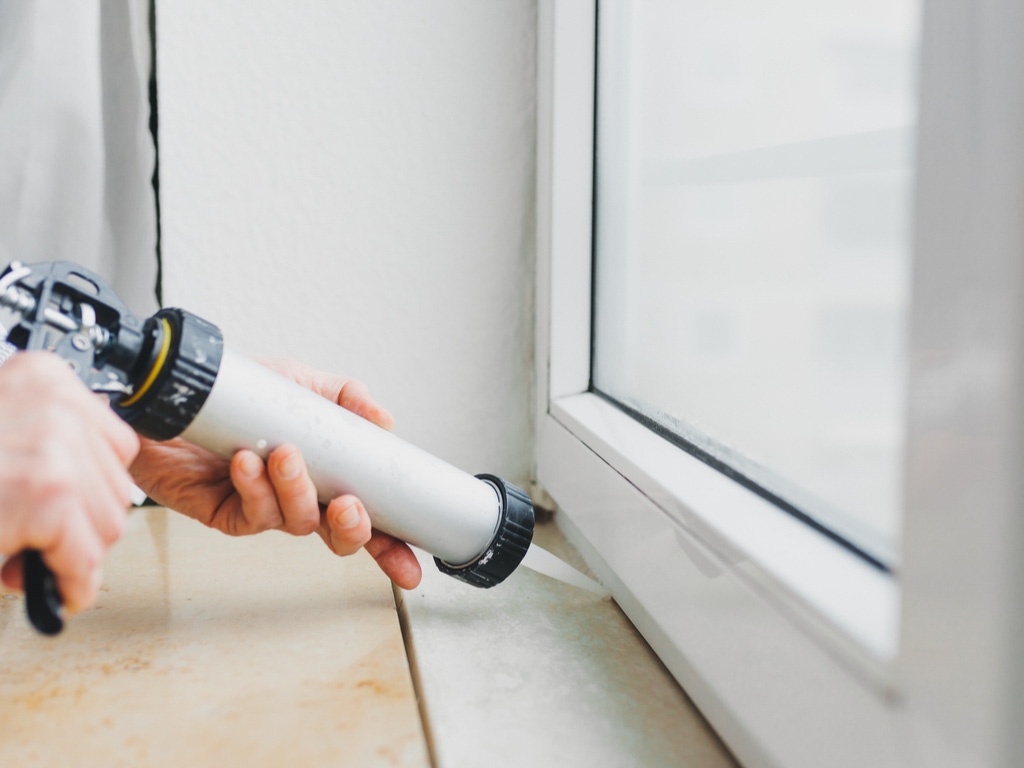
How to Fix Caulk Cracks and Tears From Substrate Failure.
In addition to being ugly, splits and tears in caulking can also lead to costly damage and unnecessary headaches. Here are some examples of different types of substrate caulking failure so that we can better understand them.
As review, there are three types of caulking failures:
- Cohesive failure – When the caulk bead splits down the center. Read about causes and fixes here.
- Adhesive failure – when the caulk bead doesn’t stick to the surface anymore. Read about causes and fixes here.
- Substrate failure – when the caulk bead tears off part of the surface. This is today’s subject.
See more at: http://www.scottpaint.com/technicaladvice.asp (This site also lists lots of other failures if you’re having other issues.)
Let’s talk substrate failure.
If you’ve ever seen flakes of wood stuck to a bead or caulk, or bits of concrete patch stuck to crumbling asphalt, you’ve witnessed substrate failure. When the caulk has stuck so well that what it’s sticking to decides just to give up, you have substrate failure.
Possible causes are:
1. Weak substrates
Although wood is a robust and sound material, it can weaken over time due to natural degradation and sun damage. Then you’ve got substrates like asphalt, which is…well…asphalt (poor, inherently weak asphalt). Some surfaces are old and brittle. In these cases, surface strength is compromised, so the caulk adheres well, but the substrate cannot handle it. This results in damage and substrate failure.
2. Really strong (too strong!) adhesive properties in the caulk
You want your caulk to adhere to the substrates, but you don’t want it to have so much internal strength that it won’t stretch and will instead pull at that surface and damage it. How to avoid this? Choose the best product for the job. That industrial-strength subfloor adhesive is not usually the best choice for sealing around your window that will undergo movement with normal changes in humidity and temperature.
Solutions: In both cases, it’s going to mean fixing the substrate. These fixes can vary, depending on the substrate. It may just mean sanding down the wood trim to blend in with the rest. It may mean some patching of the crumbling asphalt. In extreme cases, it will mean completely replacing the substrate. Circumstances vary, so contact us for help sorting out the particulars of your situation. To save future headaches, check out more information on Sashco’s premium products.
